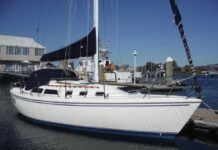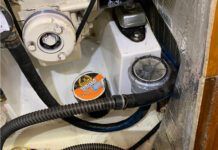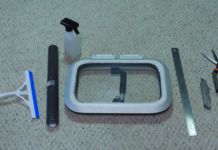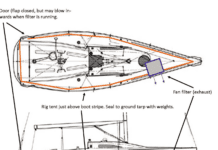Fundamental Chart-Making Concepts
Until recently, there has been little need for chart users to understand the technology of chart-making, particularly its limitations, because the tools used by navigators to determine the position of their vessels were inherently less accurate than those used to conduct and display the surveys on which charts are based. Realizing the limits of accuracy of their tools, navigators tended to be a cautious crowd, giving hazards a wide berth and typically taking proactive measures to build in an extra margin of safety for errors and unforeseen events.
Knowing this, and knowing that navigation in inshore waters was by reference to landmasses and not astronomical fixes, surveyors were more concerned with depicting an accurate relationship of soundings and hydrographic features relative to the local landmass (coastline) than they were with absolute accuracy relative to latitude and longitude. The surveyors maxim was that it is much more important to determine an accurate least depth over a shoal or danger than to determine its geographical position with certainty. Similarly, the cartographer, when showing an area containing many dangers (such as a rocky outcrop), paid more attention to bringing the area to the attention of the navigator, so it could be avoided by a good margin, than to accurately showing every individual rock in its correct position.
All this changed with the advent of satellite-based navigation systems – notably the global positioning system (GPS). Now a boats position (latitude and longitude) can be fixed with near-pinpoint accuracy and, in the case of electronic navigation, accurately displayed on a chart in real time. This encourages many navigators (myself included) to cut corners more closely than they would have done in the past. With such an attitude, it is essential for the navigator to grasp both the accuracy with which a fix can be plotted (whether manually or electronically) and the limit of accuracy of the chart itself – together they determine the extent to which it is possible to cut corners in safety.
To help understand and use electronic and paper charts, purchase Nigel Calders How to Read a Nautical Chart from Practical Sailor.






































